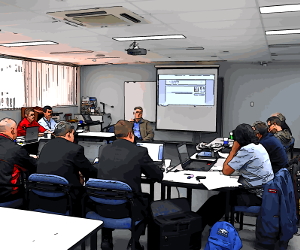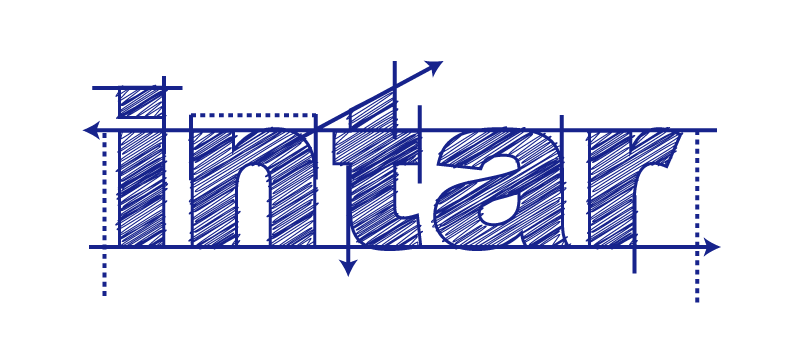Accessing learning resources

Learning resources are the materials you use to help get the message across to your learners. Depending on the skills and knowledge you're imparting, learning resources could include:
- course notes, learner guides and class handouts
- manufacturers' operating manuals
- company safe operating procedures
- e-learning resources, such as video clips, interactive CDs or PowerPoint presentations
- samples of products your company produces or raw materials used in the production process.
In some cases, you might decide to develop your own learning resources, particularly if you're carrying out training on machinery or work processes that you've already written safe operating procedures for.
In other instances, you might have been given resources to use, or you may have found some titles through a publisher.
In these cases, you should check that the materials will meet the needs of your learners before you start using them in a training session.
Checklist for evaluating existing learning resources
Here is a checklist of questions covering the main things you should look for in an existing resource:
- Are the materials up-to-date?
- Do they cover the units of competency or learning outcomes that you will be delivering?
- Are they easy to understand and technically accurate?
- Are they able to be customised to meet your training needs?
- Are they recognised by an accredited body, or 'noted' as a quality assured training product?
- Are the activities or tasks appropriate to the performance level required of the learners?
- Are the language, literacy and numeracy skills needed appropriate to the learners?
For more detailed guidelines on how to evaluate resources in their suitability for people with special literacy or numeracy needs, see Language, literacy and numeracy.
Dealing with copyright
Copyright is a type of legal protection that provides ownership rights to people who produce ideas or information in an original form. It applies automatically to all original works, whether they have a copyright notice on them or not.
This means that you need to be careful you're not infringing an author's copyright before you photocopy or reproduce their material. You also need to be careful that you don't use their material in resources you develop yourself without complying with the copyright provisions.

For more information about copyright, and how the law applies to print-based and e-learning materials, see the Australian Copyright Council's website.
 Does your company have good resources to cover the topics you'll be training in?
Does your company have good resources to cover the topics you'll be training in?
Are there resources that would benefit your learners, such as brochures, technical guides or other sources of up-to-date information?
Where would you go to access them?

